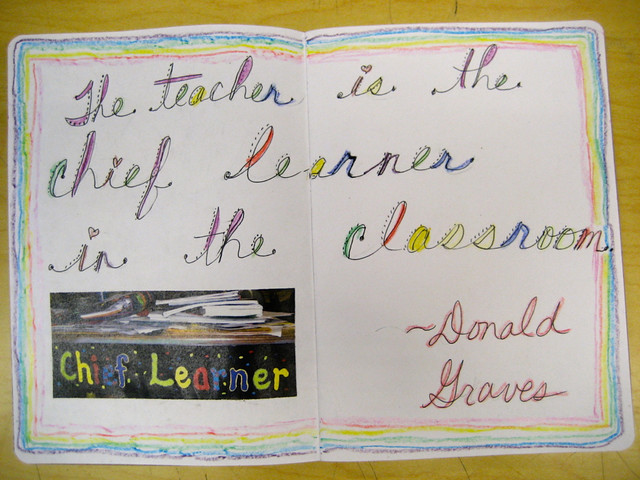I have participated in online learning as both a student and an instructor. None has been MASSIVE before now. This week I will begin participating in #ETMOOC. It stands for Educational Technology Massive Open Online Course.
What excites me about this course is that I will be able to practice several educational priorities for me.
Technology
Although technology is not everything, being connected with other amazing educators through technology has been a catalyst in my life, changing my thinking and causing me to grow as an educator and learner. I love to learn with technology. #ETMOOC allows those of us who love it, and those of us who are beginning, to use technology to connect with each other and to learn new skills.
Lifelong Learning
Speaking of learning, I have become the chief learner in my classroom. I have met hundreds of other passionate lifelong learners, or learners-in-chiefs. I would venture to say, those who signed up for #ETMOOC are here because they love to learn, and those are the people I want to rub elbows with.
Networking
Speaking of rubbing elbows, I have already met new people through #ETMOOC, and the course has yet to start. I look forward to meeting even more new friends and professional contacts.
Non-Grading
NOT speaking of grades! That’s right, not at all! Hallelujah! This is a recent area of passion in my professional life. Students do amazing things when we take away the bad practice of assigning an A, B, C, D, or F upon them. I’m experiencing this weekly in Genius Hour. We will experience this in #ETMOOC, because all 1200+ participants are here because they want to learn, NOT to get a grade.
Sound interesting? Why not join us?
@ETMOOC on Twitter



